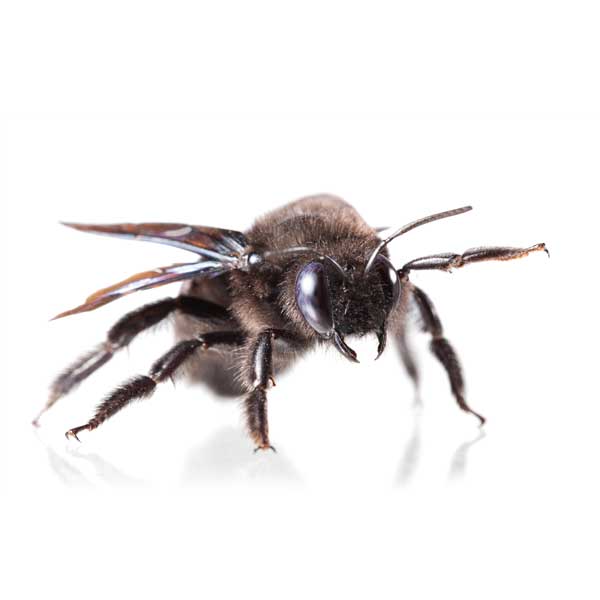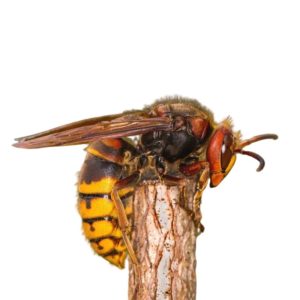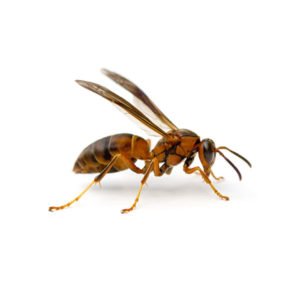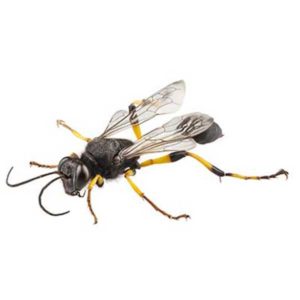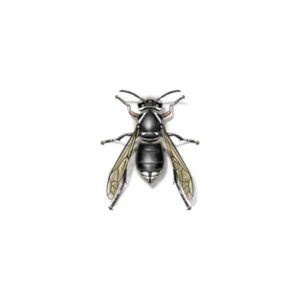Carpenter Bees in the Pacific Northwest
Carpenter bees are the largest bees native to the United States, and they are very common across the country. These insects have a habit of boring tunnels through wood, which is why they are called carpenter bees. Rather than building nests, these bees build chambers in weathered wood, which they use to raise their young. Contrary to popular belief, carpenter bees do not consume wood. However, they can cause significant damage by excavating tunnels through dry or decaying lumber.
Carpenter Bee Habitat
Unlike many other bees, carpenter bees are not social insects. Rather than living in colonies, individual bees create nests in trees, eaves, or other structures. Carpenter bees overwinter in nest tunnels, and they emerge in the springtime to mate. Once mated, females will choose a suitable piece of wood to build their nest in, and the males will hover near nest sites. As the female excavates holes in the wood for the nest, she will create a mixture of pollen and regurgitated nectar called “bee bread” to fill the tunnel. She will then deposit an egg into the hole, and close the chamber with chewed wood pulp. A carpenter bee infestation can usually be spotted because of sawdust or pollen on the ground below a nest.
Carpenter Bee Behaviors, Threats, or Dangers
Though female carpenter bees are rarely aggressive, they will sting if provoked. If someone with a bee allergy is stung by a carpenter bee, it is important that they seek immediate medical attention. Male carpenter bees are known for being very defensive when protecting their nest, but they do not possess a stinger. While carpenter bees are important pollinators, they can cause extensive damage by boring holes through structures. Decks, windowsills, wooden siding, railing, and fences are common places for carpenter bees to build homes. Though individual bees are unlikely to cause major damage, numerous bees in an area for several years can lead to significant destruction. If you notice the signs of a carpenter bee infestation, contacting a bee control professional can help you get rid of these pests before they can cause too much damage.
Need help with Carpenter Bee control?
We'll call you! Leave your information below.

